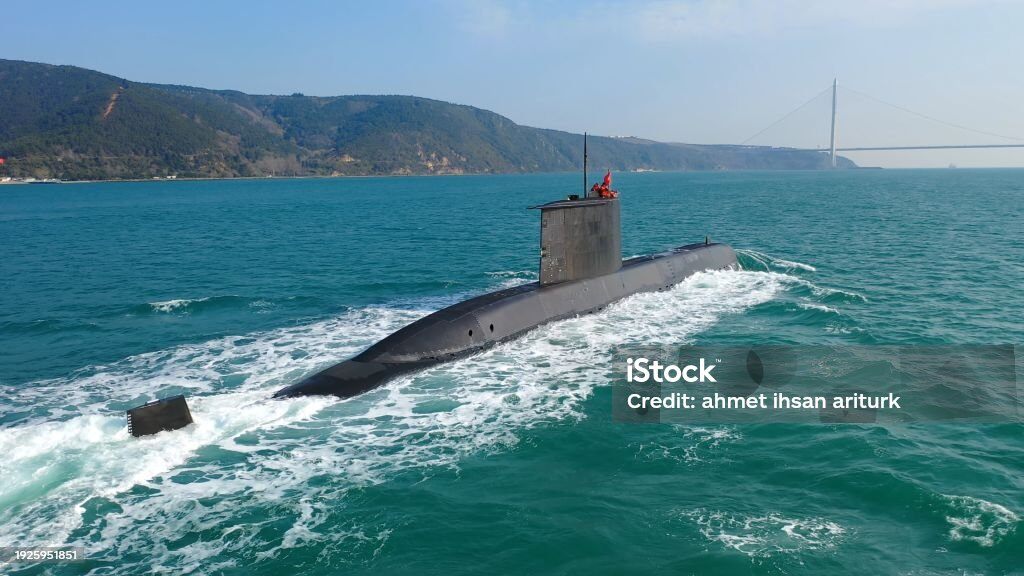Submarine

Submarine, any naval vessel that is capable of propelling itself beneath the water as well as on the water’s surface. This is a unique capability among warships, and submarines are quite different in design and appearance from surface ships.
Submarines first became a major factor in naval warfare during World War I (1914–18), when Germany employed them to destroy surface merchant vessels. In such attacks submarines used their primary weapon, a self-propelled underwater missile known as a torpedo. Submarines played a similar role on a larger scale in World War II (1939–45), in both the Atlantic (by Germany) and the Pacific (by the United States). In the 1960s the nuclear-powered submarine, capable of remaining underwater for months at a time and of firing long-range nuclear missiles without surfacing, became an important strategic weapon platform. Armed with torpedoes as well as antiship and antisubmarine missiles, the nuclear attack submarine has also become a key element of naval warfare.
Following is a history of the development of submarines from the 17th century to the present. For a history of other warships, see naval ship. For the weaponry of modern attack and strategic submarines, see rocket and missile system.
Early hand-powered submersibles
The first serious discussion of a “submarine”—a craft designed to be navigated underwater—appeared in 1578 from the pen of William Bourne, a British mathematician and writer on naval subjects. Bourne proposed a completely enclosed boat that could be submerged and rowed underwater. It consisted of a wooden frame covered with waterproof leather; it was to be submerged by reducing its volume by contracting the sides through the use of hand vises. Bourne did not actually construct his boat, and Cornelis Drebbel (or Cornelius van Drebel), a Dutch inventor, is usually credited with building the first submarine. Between 1620 and 1624 he successfully maneuvered his craft at depths of from 12 to 15 feet (four to five metres) beneath the surface during repeated trials in the Thames River, in England. King James I is said to have gone aboard the craft for a short ride. Drebbel’s submarine resembled that proposed by Bourne in that its outer hull consisted of greased leather over a wooden frame; oars extended through the sides and, sealed with tight-fitting leather flaps, provided a means of propulsion both on the surface and underwater. Drebbel’s first craft was followed by two larger ones built on the same principle.
